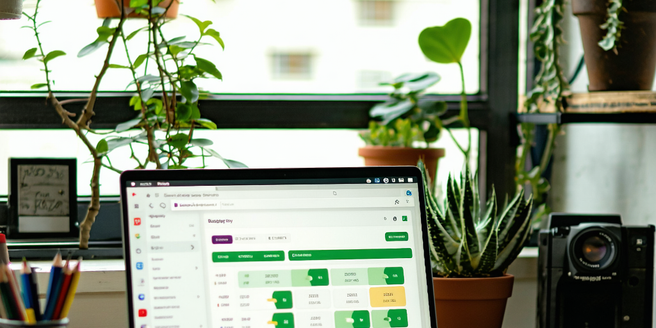Thrifty Homeownership Tips

Budgeting Basics for New Homeowners
Creating a budget is crucial for new homeowners to manage expenses effectively. Start by listing all predictable costs, including mortgage payments, utilities, and insurance. Next, allocate funds for variable expenses like home maintenance and repairs. It’s wise to set aside an emergency fund to cover unexpected costs. Monitoring and adjusting your budget as needed will help you avoid financial strain. Consider using budgeting apps to keep track of your spending and stay informed on where your money goes. Regularly reviewing your financial goals can also keep you motivated and focused. When possible, prioritize debt reduction to free up more funds for savings and investments. Overall, a well-structured budget can provide peace of mind and a clear financial picture for your homeownership journey.
Smart Shopping for Home Renovations
Home renovations can be costly, but smart shopping can help you save. Start by researching online and locally to compare prices for materials. Consider purchasing from discount or thrift stores that offer quality items at a fraction of the cost. Sign up for store newsletters to receive alerts on sales and discounts. Don’t forget to look for rebates and cashback offers on larger purchases. Another effective approach is to wait for seasonal sales that often offer significant discounts on various home improvement items. If you’re hiring professionals, obtain multiple quotes to ensure you’re getting a fair deal. Additionally, consider bartering skills or services with friends or local groups to further reduce costs. Planning ahead and being resourceful will help you maximize your renovation budget.
DIY Projects to Save Money
Taking on DIY projects can drastically cut down on costs while providing a personalized touch to your home. Before starting a project, research online tutorials and guides to gather ideas and determine the complexity. Opt for projects that align with your skill level to avoid costly mistakes. Upcycling old furniture or repurposing materials can provide unique results without breaking the bank. Take advantage of local thrift stores or garage sales to find affordable materials. Additionally, many DIY projects offer an opportunity to use tools and resources you already own. Joining community workshops or collaborating with friends can expand your skills and creativity. DIY not only stretches your budget but also adds a personal satisfaction to home improvements.
Energy Efficiency on a Budget
Improving your home’s energy efficiency doesn’t have to be expensive. Start by identifying areas where you can easily reduce energy consumption, such as switching to LED bulbs or using smart power strips to eliminate phantom loads. Simple actions like sealing windows and doors to prevent drafts can significantly lower your heating and cooling expenses. Additionally, performing an energy audit can help pinpoint specific areas for improvement. Weather stripping can also be an effective way to reduce energy waste. A programmable thermostat can optimize heating and cooling while you’re away. Consider insulating your water heater for better efficiency. Small changes like these can lead to notable savings on your energy bills over time without requiring a substantial investment.
Creative Storage Solutions for Small Spaces
Maximizing storage in small spaces requires creativity and thoughtful planning. Start by decluttering to identify essential items and make the most of available space. Utilize vertical storage by adding shelves above doorways or placing tall bookshelves to draw the eye upward. Multi-functional furniture, like ottomans with internal storage, can be both stylish and practical. Consider using under-bed storage boxes or hanging organizers in closets to keep items accessible and ordered. To further optimize your space, try incorporating foldable furniture that can be easily set up or stored away when not in use. Think outside the box by transforming nooks and corners into efficient storage areas using hooks or pegs. Clever, space-saving solutions can make your home feel more organized and spacious.